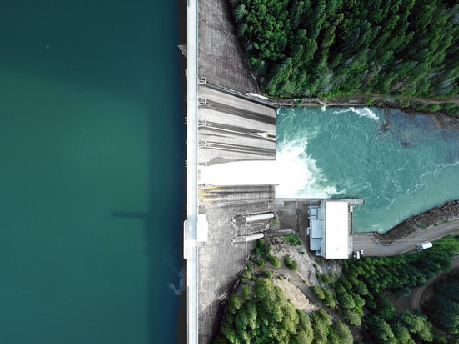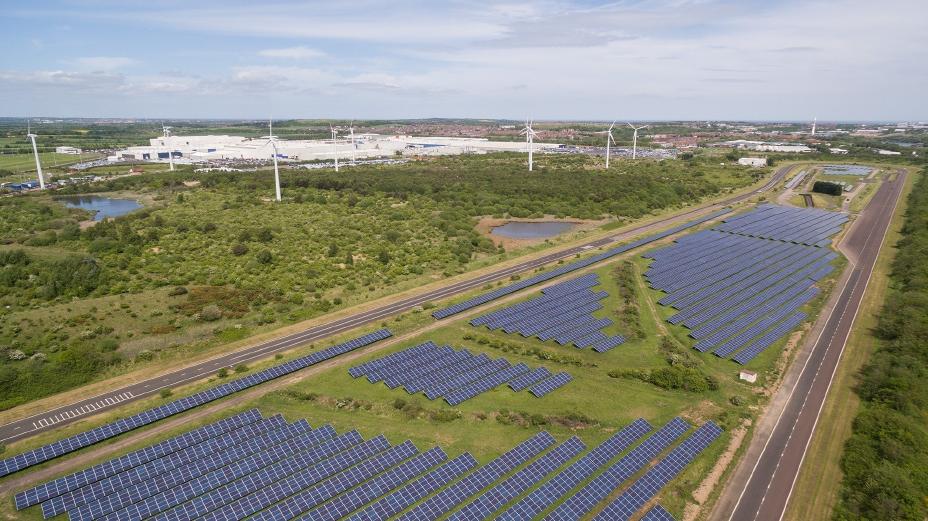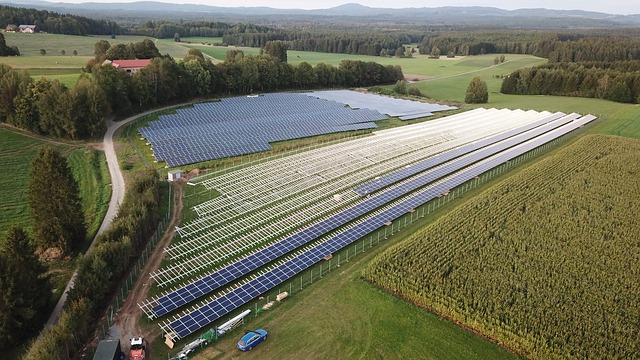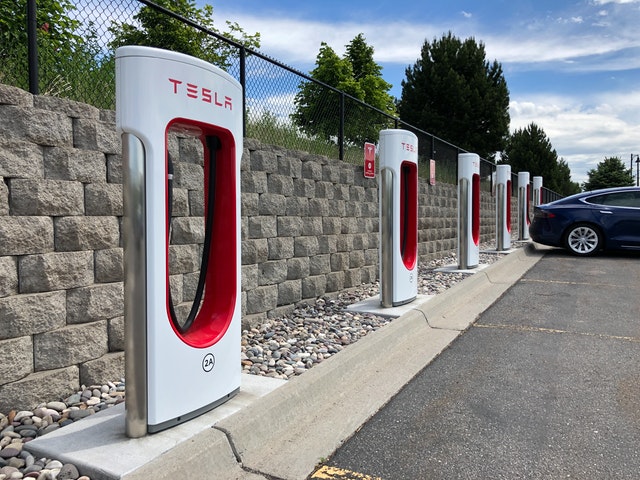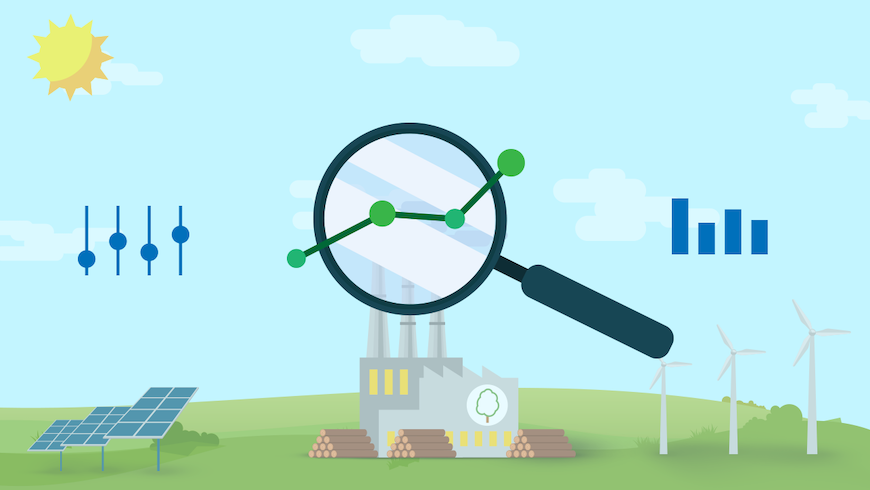A question is raised about how our ancestors were and how we are today. The change seems obvious. What factors brought change. It is perhaps due to “Innovation”. Therefore innovation is regarded as the genesis of human civilization. The addition of innovation on the previous layer has drastically uplifted life and we are enjoying the present form of civilization.
The process of civilization begins with that prehistoric day where humans used fire as the first energy source. The controlled use of fire was followed by the innovation of the coal-fired power plant in 1875. With the development of fossil fuels as an energy source, the dimension of the physical world has been changed drastically. But at the same time, global warming and climate change have become part of the development.
Effect Of Conventional Fossil Fuels
The territory of climate change is from local to global. The belief, the more carbon we release; the richer we become is still prevalent. Exporting carbon effects from its epicenter doesn’t require permission. The temperature is rising. Glaciers are melting. The Coastal zone is inundating. Invasive species are expanding. The water table of my well is deepening every year.
Being prosperous in some cases is linked with the amount of carbon they release in the atmosphere. There is an uninterrupted marathon in publishing names in the list of billionaires. Is there any relationship between this marathon and climate change? It is yet to spell out. Not to my notice till now.
Everyone says global warming. Anyway, the temperature is rising. Glaciers began to melt alarmingly in the Himalayan region and snow lakes have become richer in their depth and volume. Who is responsible for increasing the depth of glacier lakes? Who is responsible for the outburst of glacier lakes and its flood?
Climate change is like a balloon. Squeezing in a part results in the other. There are so many people mainly of developed countries trying to squeeze the balloon in their way. But the output in terms of climate is accumulated. Whose squeeze is responsible for what problem remains silent.
The coastal zone is vulnerable. Their life is floating on the sea. What is said that a one-meter rise in sea level submerges many countries in the world?
Sustainable Hydropower For Green Recovery
In most of the developing countries, despite having multiple potentials with energy sources, it has not been utilized properly. Electricity demand has been increasing in the world and most South Asian countries by far have not been able to utilize the energy the fullest.
Electricity is the key to cope with the realm of innovation. So, a country’s governance should focus on implementing major funds in running the hydropower in full swing. This would increase the national per capita income and contribute to the welfare of the country. The investment in the electricity grid and maintaining the standards of hydropower facilities helps in the boosting of running the industries at an optimal level.
The small-scale hydropower has changed the fate of rural villages in Nepal, Bhutan, and Afghanistan. These countries have significantly increased national electricity access for the last 10 years. This evidence could be an example of successful electricity solutions albeit financial, regulatory, and technical challenges.
Apart from the production of energy, hydropower projects can manage floods and droughts. The initial investment in making damns could be reasonably expensive, but once it is built, it can stand for decades and has a nominal cost for maintenance. The longer running period of hydropower contributes to the national grid sustainably.
The social aspect of sustainable hydropower also has more benefits for the local economy. The access to electricity promotes economic activity, helps in the empowerment, and running of small-scale industries.
The local communities are largely affected by the change of a certain site for hydropower generation. The government or private agencies must ascertain the risk involved and compensate the local communities for any unforeseen circumstances. Sustainable and mutual benefits should be handled well before the implementation of the project. The sustainable hydropower has enormous potential to contribute to reaching sustainable development goals.
As a renewable energy resource, the hydropower system does not interfere with the quantity and quality of water. Unlike fossil fuels and natural gases, water bodies do not contribute much to market price fluctuation. It could be a long-term investment for the symbiotic benefit for the current generation as well as the future generation.
Hydropower As A Green Energy Source
The negative consequences of fossil fuels discussed above portray us to seek alternative sources of energy that are clean and use less carbon.
In the current scenario, hydropower is the best option to cater to the maximum energy demand in many countries like Nepal, Bhutan, Norway, Brazil, China, and so on. Overall, hydropower is a widely used source of energy in the developed as well as developing countries. The energy demand is always on the rise, and to maintain the supply and demand, hydropower is one of the best sources of electricity at lower cost and operation.
It is a clean energy source with minimal toxicity to the environment. The other conventional sources of energy like fossil fuels have adversely affected the environment causing global warming and melting of glaciers that might bring disasters in the long run.
Conclusion
The progress in human civilization and innovation has enhanced the development of clean and low-carbon emission energy usage. In the hydropower sector also, various technologies on systematic hydropower have emerged. Pumped storage of water from the downhill to the upper stream as a reservoir and using it at the time of peak demand is one way of managing the energy.
Unlike other renewable energy sources like solar and wind power, hydropower can be transmitted when required so that it can contribute in electric grid balance. Taking all things into consideration, if all stakeholders related to hydropower make a unanimous decision, hydropower expands to a higher level as the best way of generating electricity. Therefore, sustainable hydropower could make a significant contribution to the decarbonization of the global economy in the future.
Disclaimer: The views expressed in this blog are solely of the author and not the Greenesa.

 How it Works
How it Works Pricing
Pricing FAQ
FAQ Quiz
Quiz Contact Us
Contact Us
